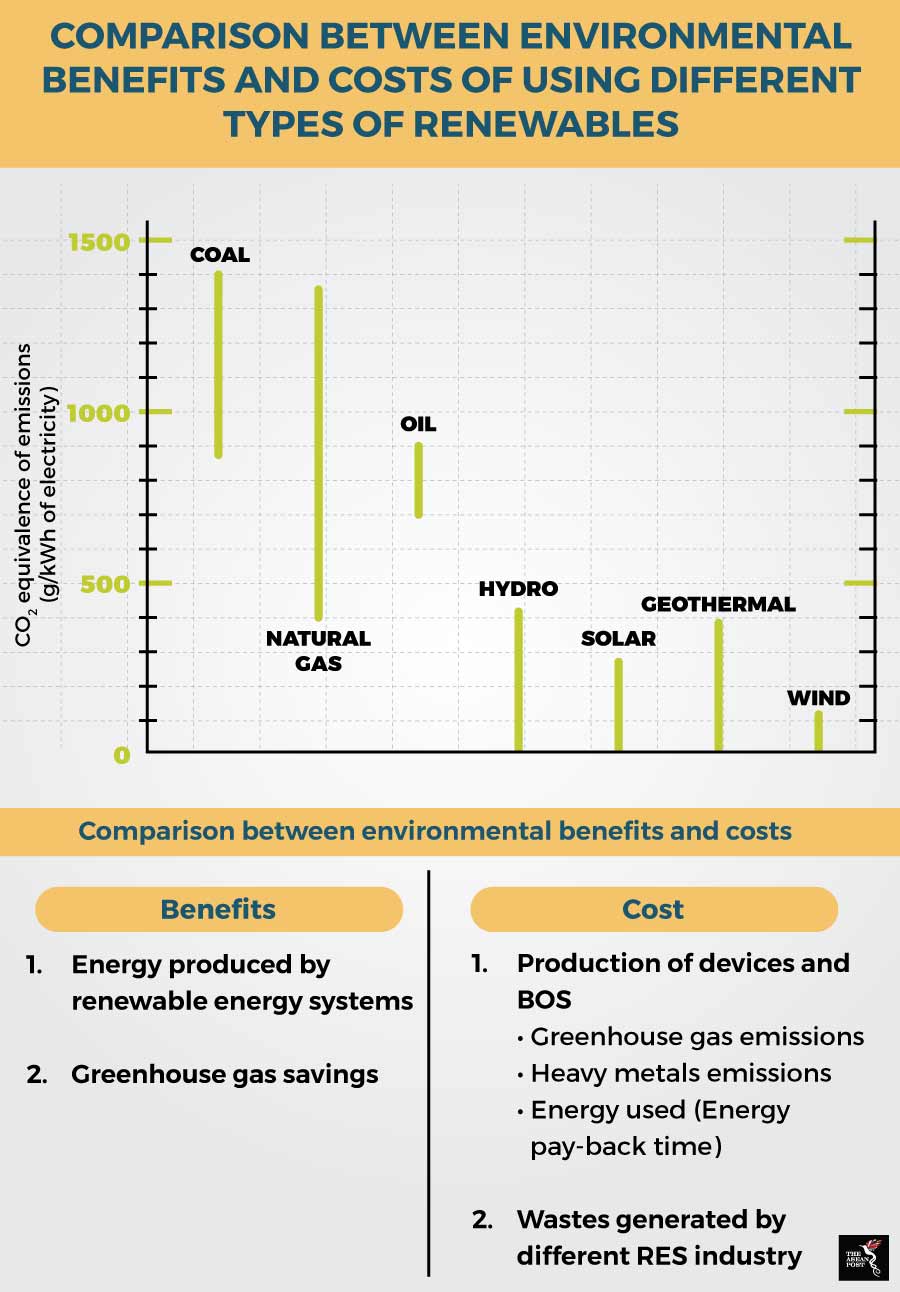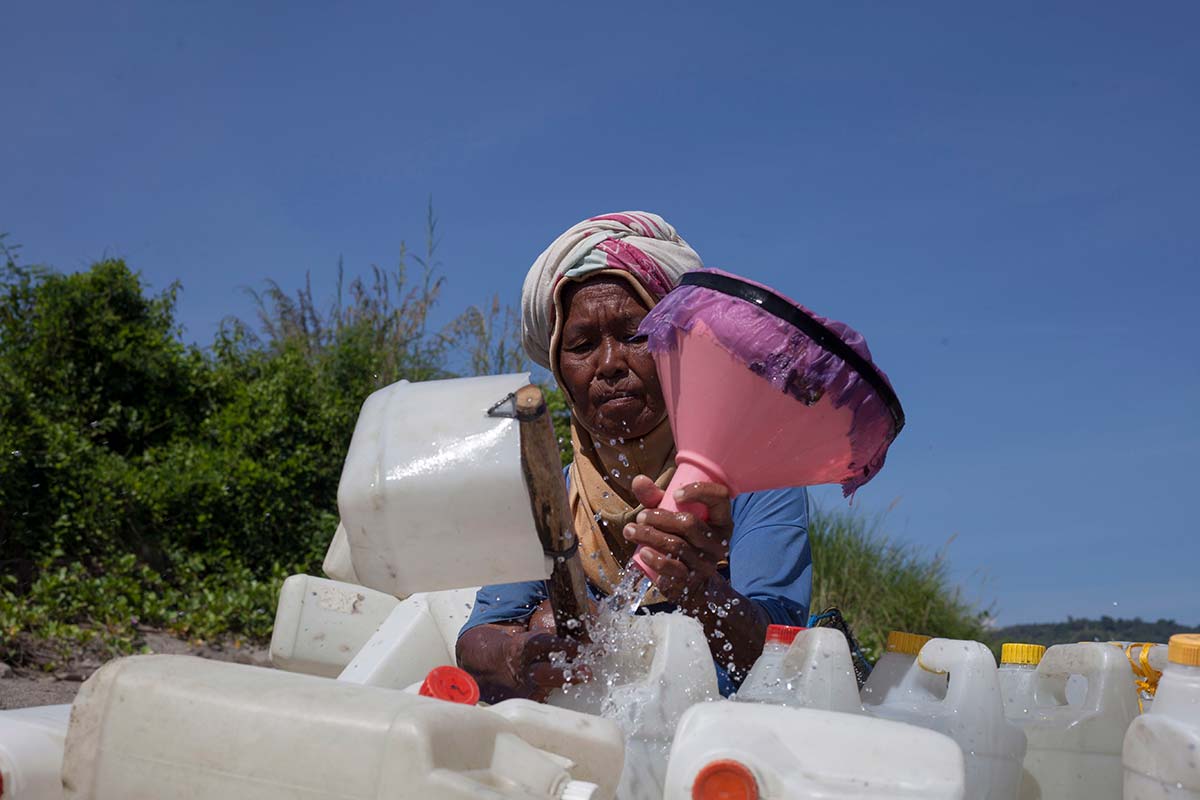The renewable energy sector in Southeast Asia has progressed by leaps and bounds. From the harnessing of biomass to the use of water in generating electricity, there is room for tremendous economic growth as well as the obvious positive of caring for an ailing environment. However, one question remains; are mechanisms put in place for the harnessing of these resources truly safe for the environment?
Irresponsible methods of harnessing renewables can be seen as a contributing factor to water scarcity in the region, a nascent issue that has and will continue to impact large segments of society in ASEAN and beyond.
According to a study by the Massachusetts Institute of Technology (MIT), continuous economic and population growth coupled by the effects of climate change could lead to severe water shortages across regions in Asia by 2050. Measured by water availability per capita, Asia - the largest driver of global energy demand - is also the globe’s driest continent.
The Asian Development Bank (ADB) revealed that a staggering 1.7 billion people in Asia lack access to basic sanitation. 80 percent of wastewater is discharged in water bodies (lakes, rivers, and the sea), with minimal or no primary treatment. For example, only 14 percent of wastewater is treated in Indonesia, with just 10 percent being treated in the Philippines and a dismal four percent treated in Vietnam.
The World Resources Institute (WRI), which developed the Aqueduct Water Risk Atlas, is anticipating a 1.4-fold increase in water stress/water scarcity levels in most West Malaysian states by 2020 (including the northern states of Kedah and Penang). This projected change is indicative of how widespread development projects and improper harnessing of renewables can have a detrimental effect on populations by means of affecting their water sources. This conundrum is further exacerbated by climate change.
Doing away with water wastage and pollution
It is interesting to note that the energy sector is the largest consumer of water in every developed country except Australia, where agriculture consumes the most. At their most basic, power plants are built to generate energy from renewables for the production of electricity. The concern is that if these plants are built near water sources, there is a risk that these water sources could be contaminated by residue and other pollutants. Power plants should ideally be located where there is no need to use freshwater, but instead rely on saline, brackish, degraded, or reclaimed water.
Solar thermal power and geothermal energy are examples of renewables that are water-intensive. What this means is that the use of water in harnessing both these renewables is often times excessive, leading to waste. On the opposite end of the energy spectrum, solar photovoltaic and wind power require zero water for its normal operations. However, the type of renewable(s) harnessed is not the only factor in question.

Source: Various sources
It is of utmost importance to choose the right types of infrastructure at the planning stage. Alternative cooling technologies for power generation, including dry or hybrid cooling, can reduce water consumption. One of the reasons why this step is not implemented by energy companies is because the costs to implement are high and there are constraints related to efficiency losses through the use of such technologies. If it is within the capacity of governments in the ASEAN region to harness renewables that do not require the use of water, then, it should be carried out.
“We simply cannot ignore that economic and population growth in society can have a very strong influence on our demand for resources and how we manage them,” said Adam Schlosser, a senior research scientist and deputy director at MIT’s Joint Program on the Science and Policy of Global Change.
He added that climate change could “lead to substantial magnifications to those stresses.”
The irrefutable fact that water sustains life should not be overlooked. Water resources are inherently linked to economic advancement and poverty reduction. The transition towards a more water-secure reality, focusing on water availability and sanitation, will open up the possibility of efficient economic growth. With more people having access to the basic human need of clean water, illnesses like cholera and typhoid could also be eradicated, leading to a healthier and more productive ASEAN citizenry.
This article was first published by The ASEAN Post on 1 May 2018 and has been updated to reflect the latest data.
Related articles:
Making water-smart energy choices
